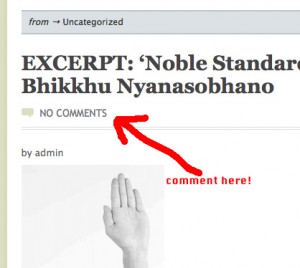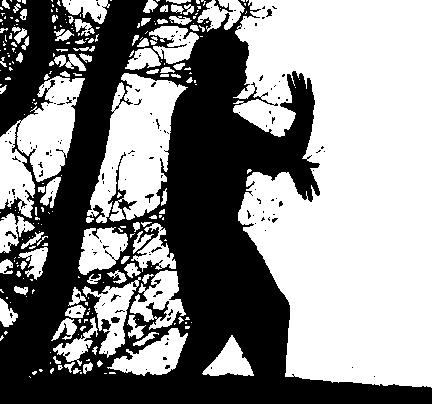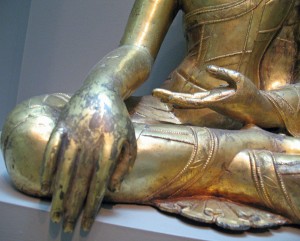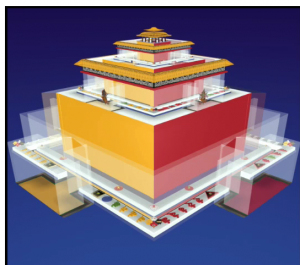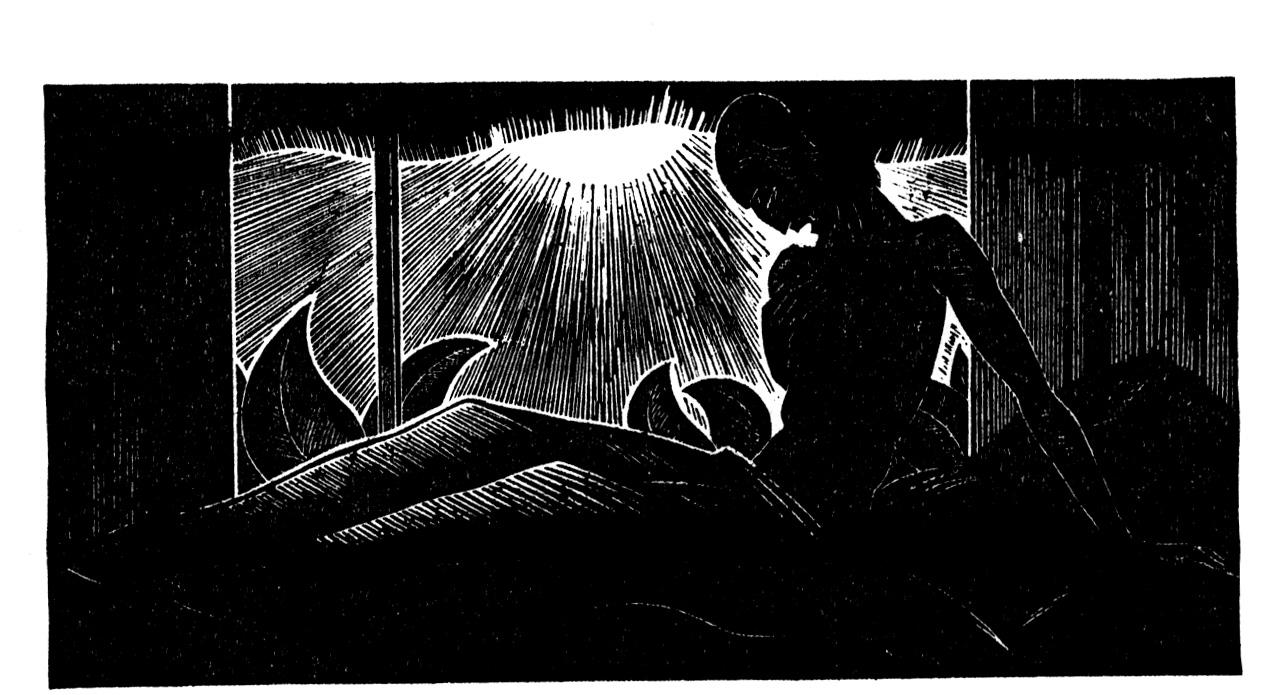Douglas Imbrogno writes:
In a prior post, I described admiration for “Longing for Certainty: Reflections on the Buddhist Life” by Bhikkhu Nyanasobhano. This is one wise book. It weaves keenly observed walks in Nature with deep, unsentimental reflections on the challenges of daily life and how Buddhist teachings may be gleaned from what we see around us. In the following selection, the American monk offers up a good description of dukkha, an often misunderstood word. Frequently translated as ‘suffering,’ a superficial reading of this core teaching by the Buddha has led some to conclude the Buddhist worldview is a pessimistic one. Far from it, as the author teases out the real meaning of a word better translated as referring to the ultimately unsatisfactory nature of all conditioned things. I encourage people looking for an approachable Buddhist book to seek this one out for its many insights and riches, and to place into context this excerpt (from pages 62-63 of the Wisdom Publication paperback). I’l leave for another discussion, his and other teacher’s descriptions of that ineffable word Nibbana:
I’l leave for another discussion, his and other teacher’s descriptions of that ineffable word Nibbana:
From “Longing for Certainty: Reflections on the Buddhist Life” by Bhikkhu Nyanasobhano:
On a fine summer day, after a satisfying lunch, in good health, and temporarily unpreoccupied with serious trouble, we stroll through woods or gardens and see the world as good – that is, as happy, obliging, untrustworthy – when all that experience really would allow us to say is that it is beautiful. The gratified mind infers too much when it assumes that whatever delights it does so out of a predisposition in its favor. Such unjustified inference leads on, moreover, to shock and grief when misfortune lights up the landscape with its glare. Then we are hit not just with specific pains but with a demoralizing disillusionment, when we find that what we thought good is not good, and perhaps never was. Death and sickness, failure and loss – how shall we smoothly account for them? Must we flee despairingly through the wreckage of our casual philosophy to the other extreme and bewail the universe as hideous and malevolent?
The Buddha describes all formations, all compounded things, as impermanent, and hence as dukkha, or unsatisfactory – a doctrine radically contrary to the common, conventional view of reality as fundamentally good or ultimately, if not presently, perfect. But to say that all formations are dukkha is not to say that they are necessarily hideous and malevolent; for dukkha, while it includes what is generally understood as suffering, also and more broadly refers to the liability to destruction inherent in all phenomena, their weakness, their variable, sure-to-dissolve nature. A particular phenomenon, or the world at large, might very well be beautiful, agreeable, and welcome to us on a given occasion without being eternally or categorically “good.” Because worldly joy and pleasure do not last, cannot last, and must inevitably fade, they are, along with the gross miseries of existence, characterized as dukkha, but this does not give grounds for the pessimistic view that this universe is basically evil or hostile. Happiness and sorrow appear throughout sentient existence in varying concentration, always depending on appropriate causes; so the obvious task for a realistic, pragmatic person is to diminish the causes for sorrow and cultivate the causes for happiness.
It is useless to extrapolate from specific pleasure to general rightness, or from specific pain to general malignity. It is far better to learn how benefit and harm both come to be and to set about improving our lives through intelligent action. This is exactly what the Buddha teaches. He advises us to observe how things arise and pass away, so that, understanding causality as the fundamental principle, we will be moved to pursue the good in the moral sense – not merely the aesthetic – and thereby benefit both ourselves and others. Although the flood of samsara rages through time, although what is pleasant perishes, although pain and death assails all creatures, the religious-minded person may so comport himself as to strengthen his present equanimity, purify his mind, and eventually cross over the flood to the highest freedom of Nibbana.




